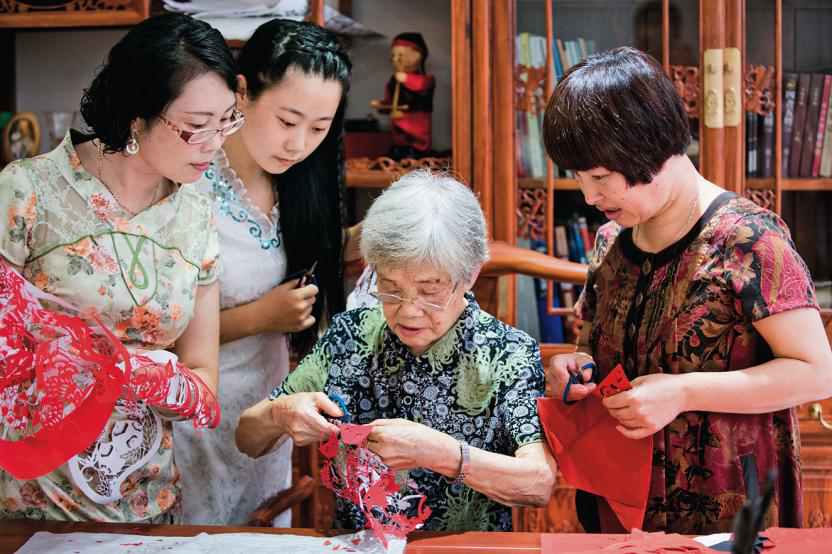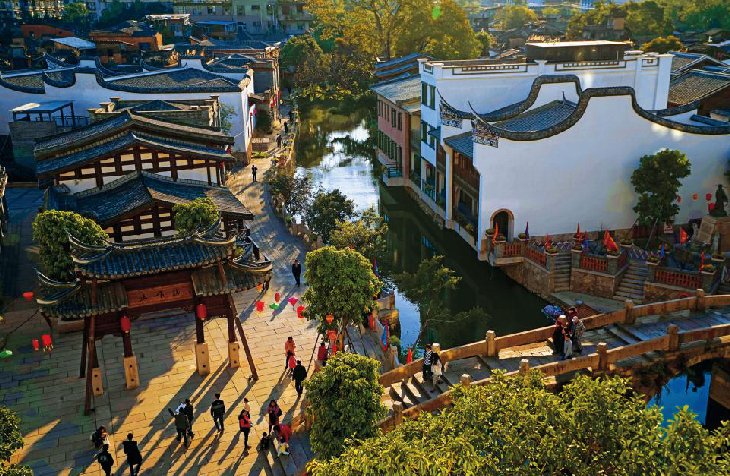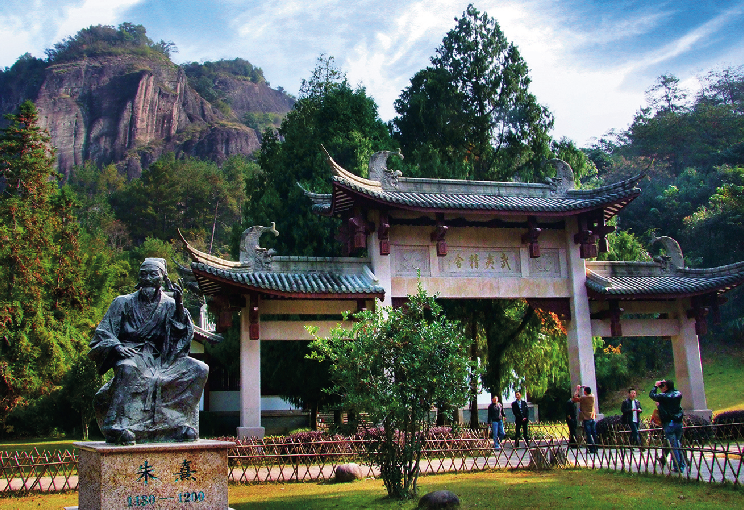
Houhuang village an oasis of calm
Houhuang village is picture of green fields, clean rivers, and ancient buildings with redbrick walls and red-tile roofs.[详细]

Tanshishan Culture
The Tanshishan culture site, characterized by distinct marine culture, is viewed as one of the starting points of China’s marine civilization.[详细]

Wanshou Rock Paleolithic Site
Wanshou Rock Paleolithic Site, located in Sanming, Fujian, is a typical Paleolithic cave found in South China.[详细]

Intangible Cultural Heritage
A practitioner protection system has been basically in place in Fujian to ensure the inheritance of the intangible cultural heritage items.[详细]

Traditional Arts and Crafts
Fujian is one of the four major homes of traditional Chinese arts and crafts.[详细]

Folk Beliefs
Folk belief in Fujian is characterized by its great variety of enshrined deities, which is a natural phenomenon of non-institutionalized worshiping.[详细]

Tea Culture
Fujian is the birthplace of tea culture, whose history dates back to over 1,000 years ago.[详细]

Opera Culture
Fujian is home to a great variety of operas.The long and profound history of these traditional operas has produced generations of excellent opera singers and performers.[详细]

Min Capital Culture
Fuzhou is the capital city of Fujian or Min. Therefore Fuzhou is also called Min Capital.[详细]

Shipbuilding Culture
In 1866 Fujian Shipyard was founded in Mawei, Fuzhou, by Zuo Zongtang, then Viceroy of Fujian and Zhejiang.[详细]

Zhu Xi Culture
Zhu Xi built his teachings around “Principle”, taking Confucian ethics as its core and also incorporating thoughts of Buddhism, Taoism and other schools.[详细]

Mazu Culture
Mazu from Fujian’s Putian is revered as the “Goddess of the Sea”. Worshipping of Mazu is one of the most representative and wide-spread folk belief in China[详细]









